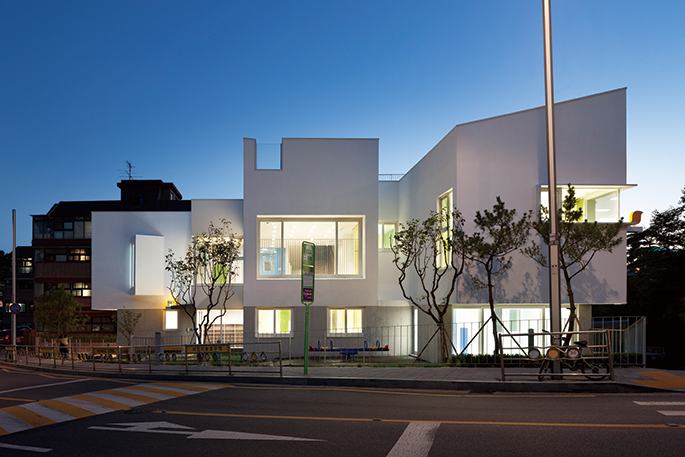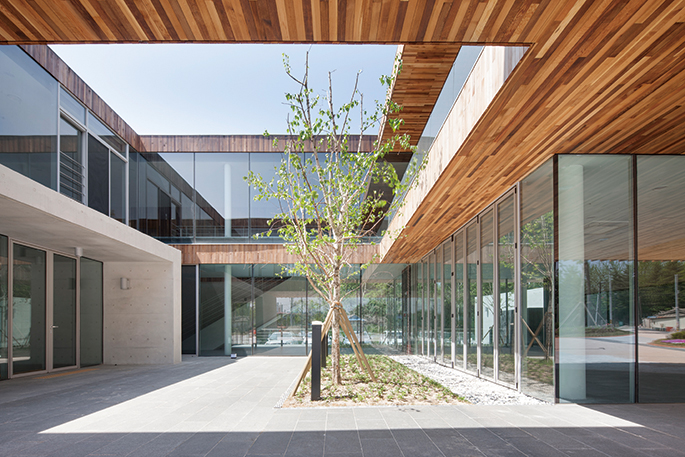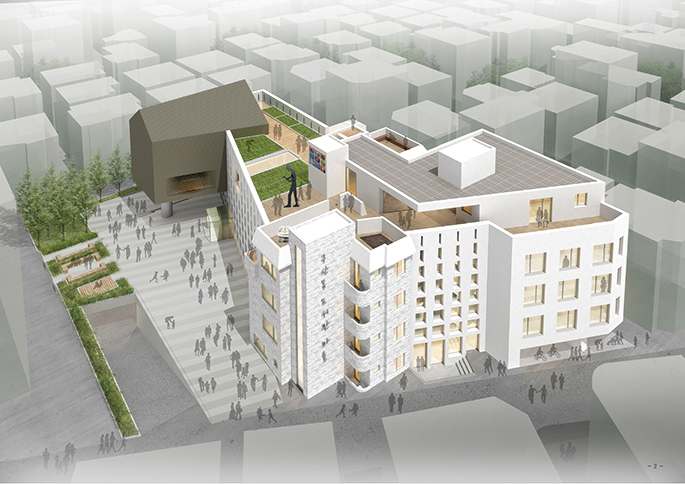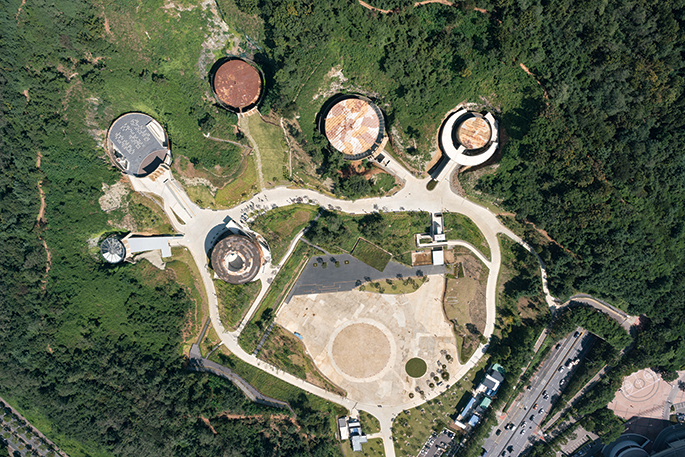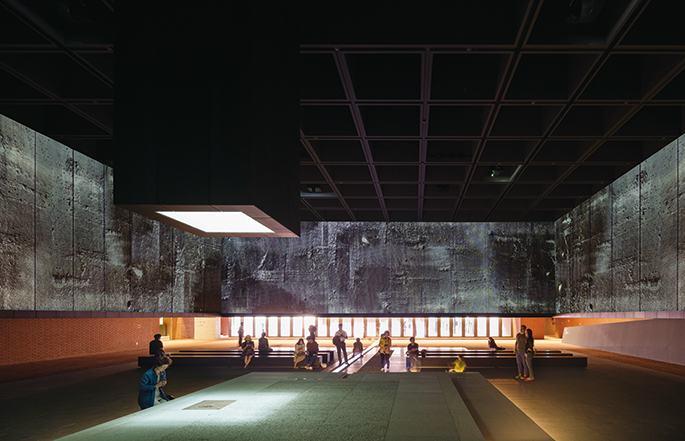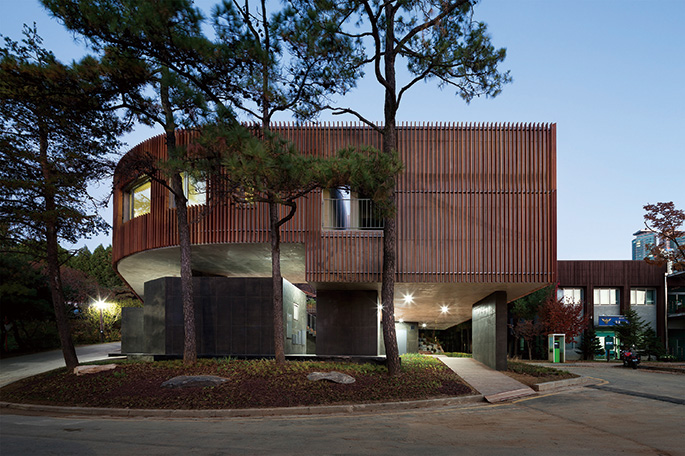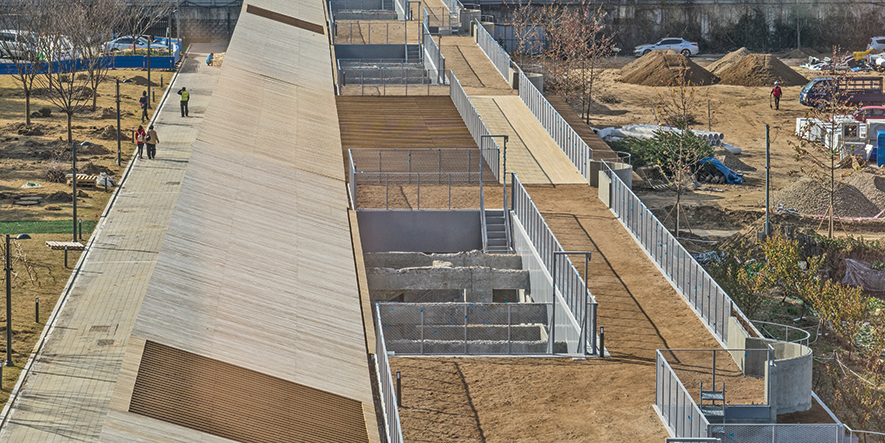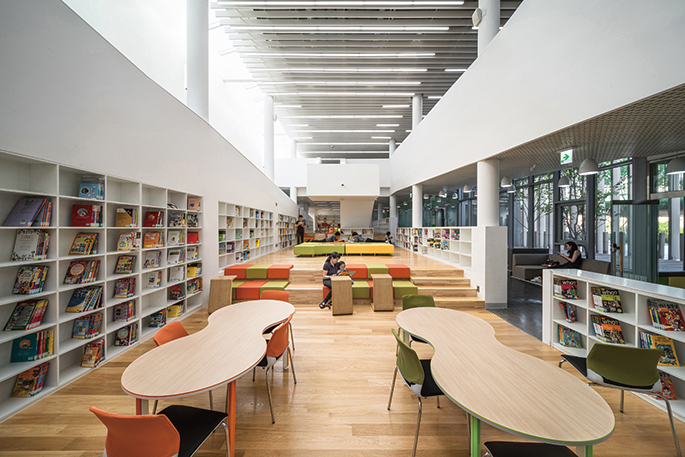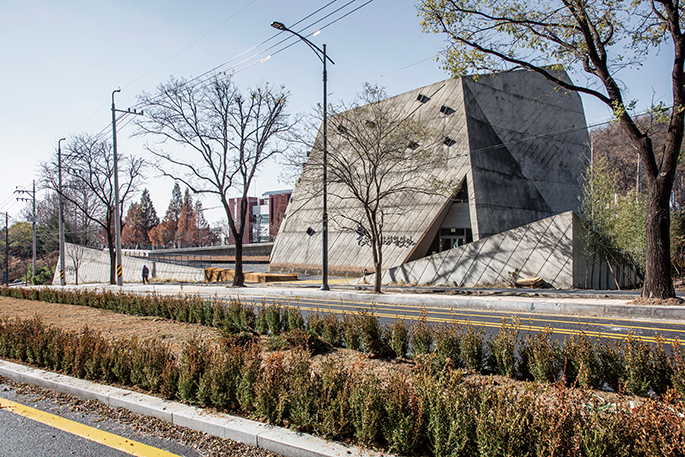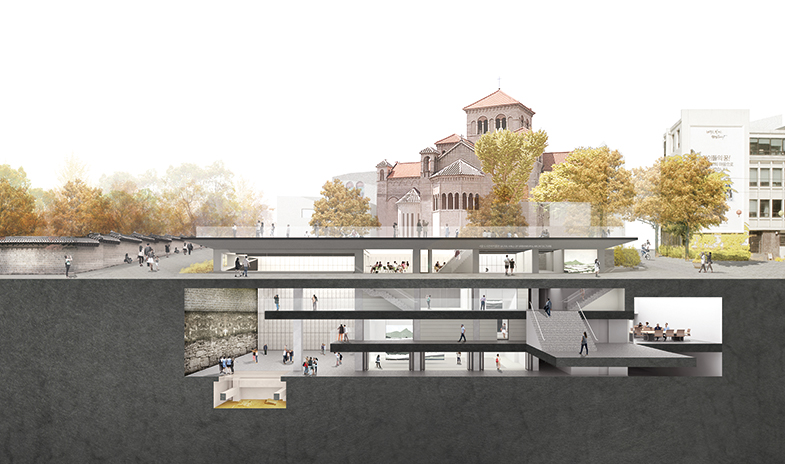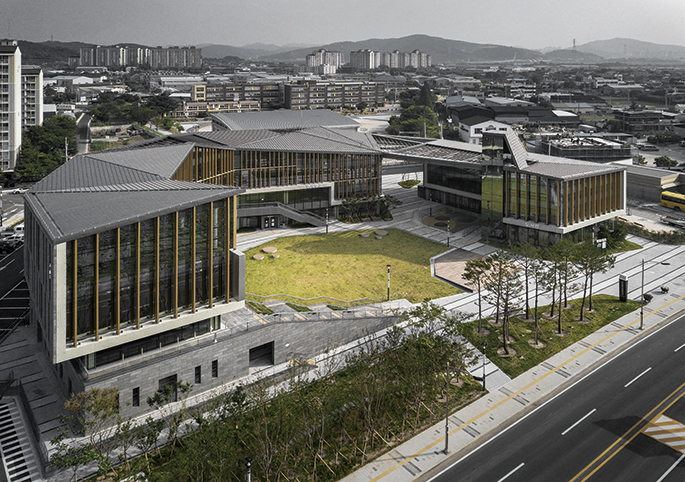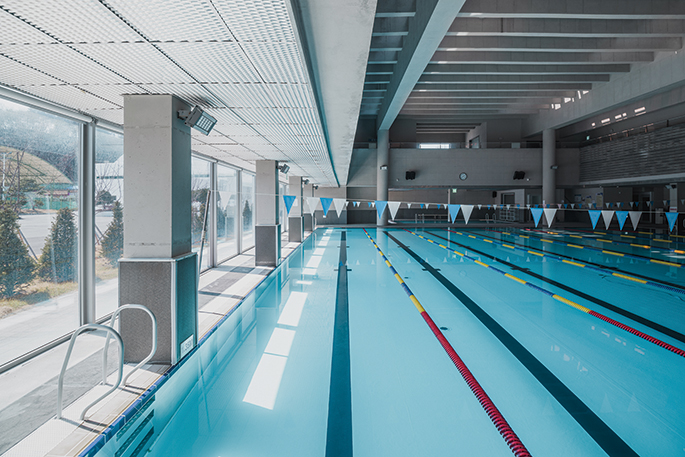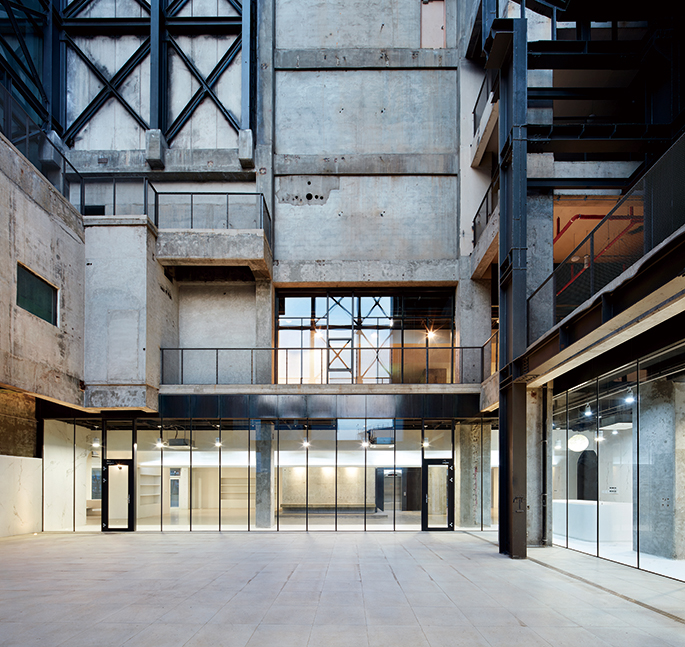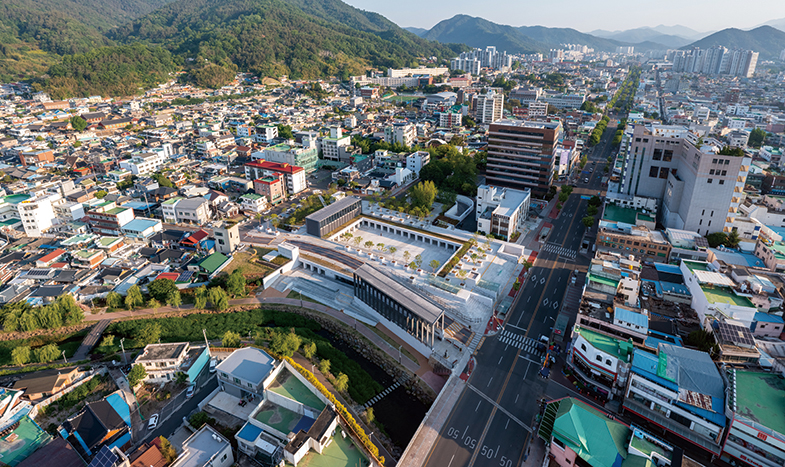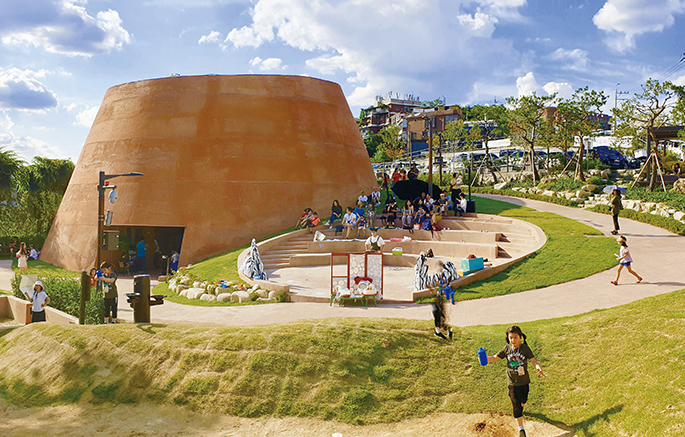SPACE November 2023 (No. 672)
10 years have passed since the design competition system was overhauled as a consequence of the Act On The Promotion Of Building Service Industry. As multiple adjustments and corrections have been made over time to the operation of design competitions, the system has given birth to numerous selections that populate our surroundings today. If these winning designs, which were born out of the creative struggles of individual designers in their respective times and places under the aegis of ‘good public architecture’, were to be assembled in a single space, what would stand out? SPACE have selected 30 distinguished examples of public architecture that have been recognised by the architectural scene over the past 10 years. We compared images of the winning designs and their results, and interviewed the architects. Our selection criteria was primarily based on being honoured with selection, but we also wanted to offer as diverse an outlook as possible according to type and year of competition, ordering institution, and use or function, to offer a wide spectrum of examples. When it came to public residences, we decided not to feature them in this article as they are a unique breed in terms of scale and programme. By reviewing all stages, from planning, examination, selection, and the post-construction phases, and after hearing from those responsible for them about the obstacles that they faced on their journey towards good public architecture, we hope that the testimonies of these people who witnessed the various aspects of the design competition system will give us a sense of continued direction as to where we should be heading in the next 10 years.
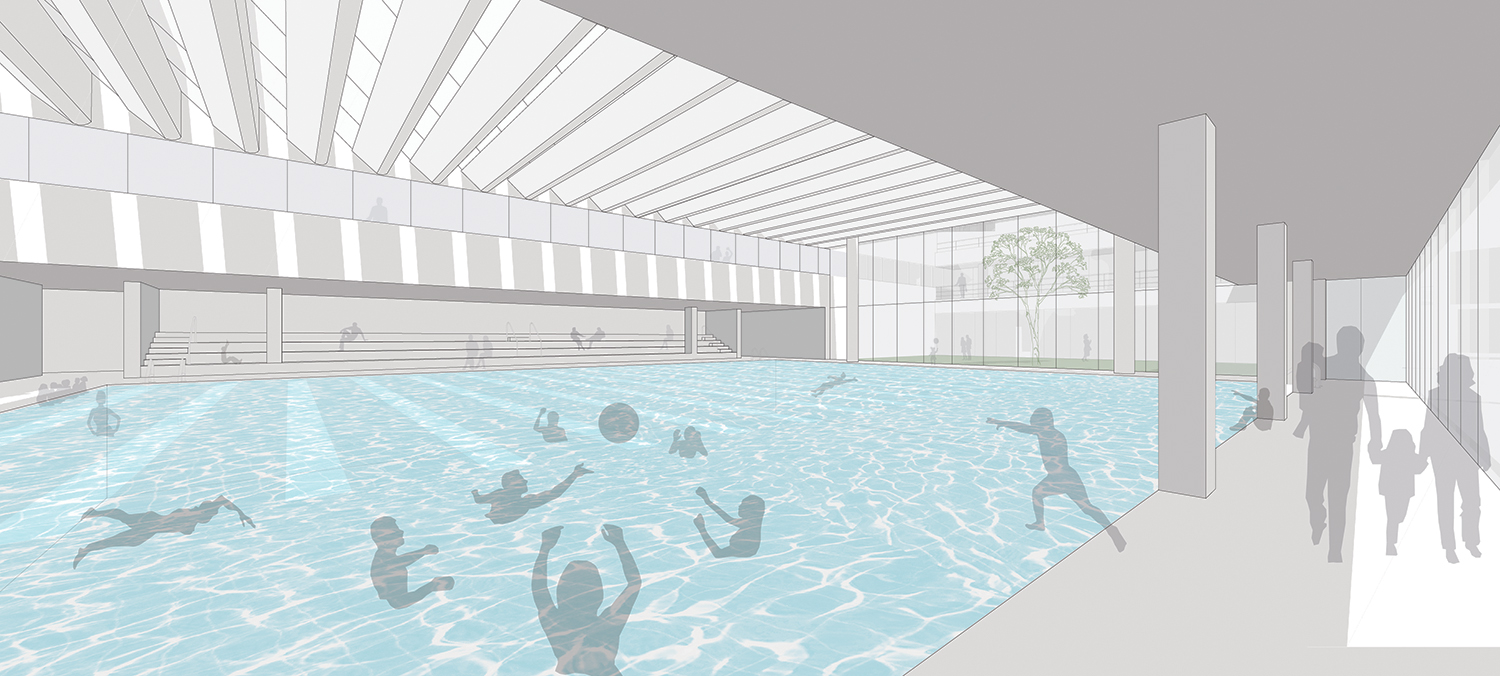
©su:mvie architects
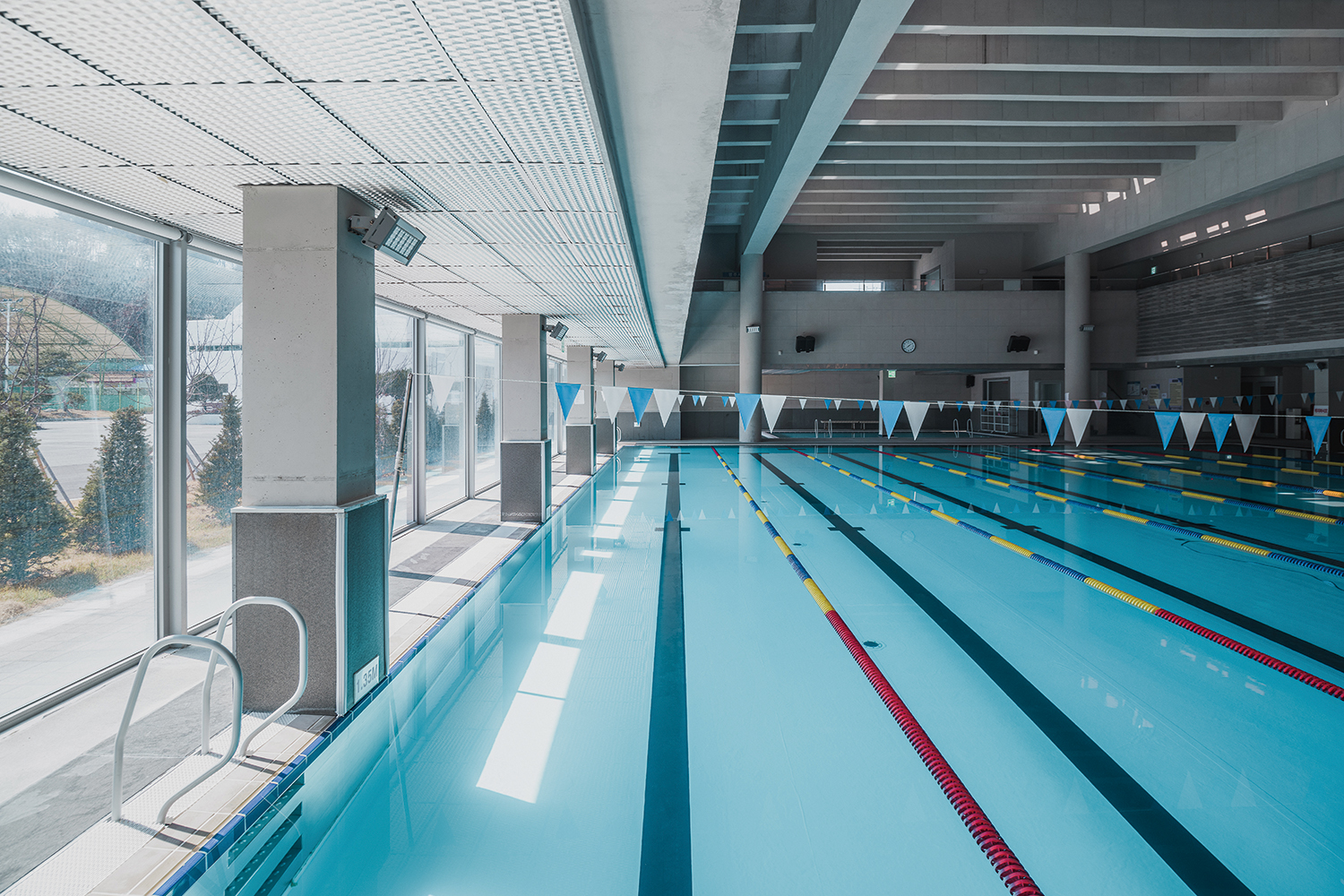
©Chun Youngho
Q1: From the design competition to construction, what was the main task when it came to the completion of your project? In which areas do you think your project did well, and what made this possible?
A1: The connectivity of the 10m-height retaining wall that divides the sports complex of Yeongju-si from the surrounding city with a low-rise (two-floor) roof of Yeongju Swimming Pool for easy access for users, the swimming pool’s overwhelming spatiality created by the reaction between the sunlight and water that flows between the exposed concrete louvers, and the lobby composition that can cater to multiple programmes such as exhibitions were highly praised. The client trusted the architect from the planning to the completion stage. They evaluated the interview and reviewed the contents with a rational approach so that the design did not go astray.
Q2: What suggestions would you make to improve the way design competitions are conducted in Korea?
A2: The total project duration from the planning and design competition stage to the building completion stage must be realistically set. The actual design time is very limited due to various deliberations, consulting, and value engineering reviews. The construction time also rarely proceeds as planned due to client’s demands or unforeseen delays such as climate change. Furthermore, the working scope of the selected designer in terms of implementation of design intentions should be restricted to architectural design. Things such as technical reviews regarding different working types and reviews based on site changes that can be excluded from the original working scope should be clearly defined.
2015 general design competition
Architect
su:mvie architects (Kim Soo-young)
Location
10, Daehak-ro 153beon-gil, Yeongju-si, Gyeongsangbuk-do
Programme
exercise facility (swimming pool)
Gross floor area
5,799.75m²
Design cost
budget – 499 million KRW / actual cost – 499 million KRW
Construction cost
budget – 12 billion KRW / actual cost – 13.5 billion KRW
Competition year
June 2015
Completion year
Feb. 2018
Client
Yeongju City
Prize
Public Architecture Awards of Korea (2019)

su:mvie architects (Kim Soo-young)
10, Daehak-ro 153beon-gil, Yeongju-si, Gyeongsangb
exercise facility (swimming pool)
5,799.75m²
budget – 12 billion KRW / actual cost –
Yeongju City
Feb. 2018
budget – 499 million KRW / actual cost R
June 2015





